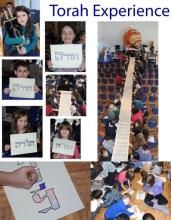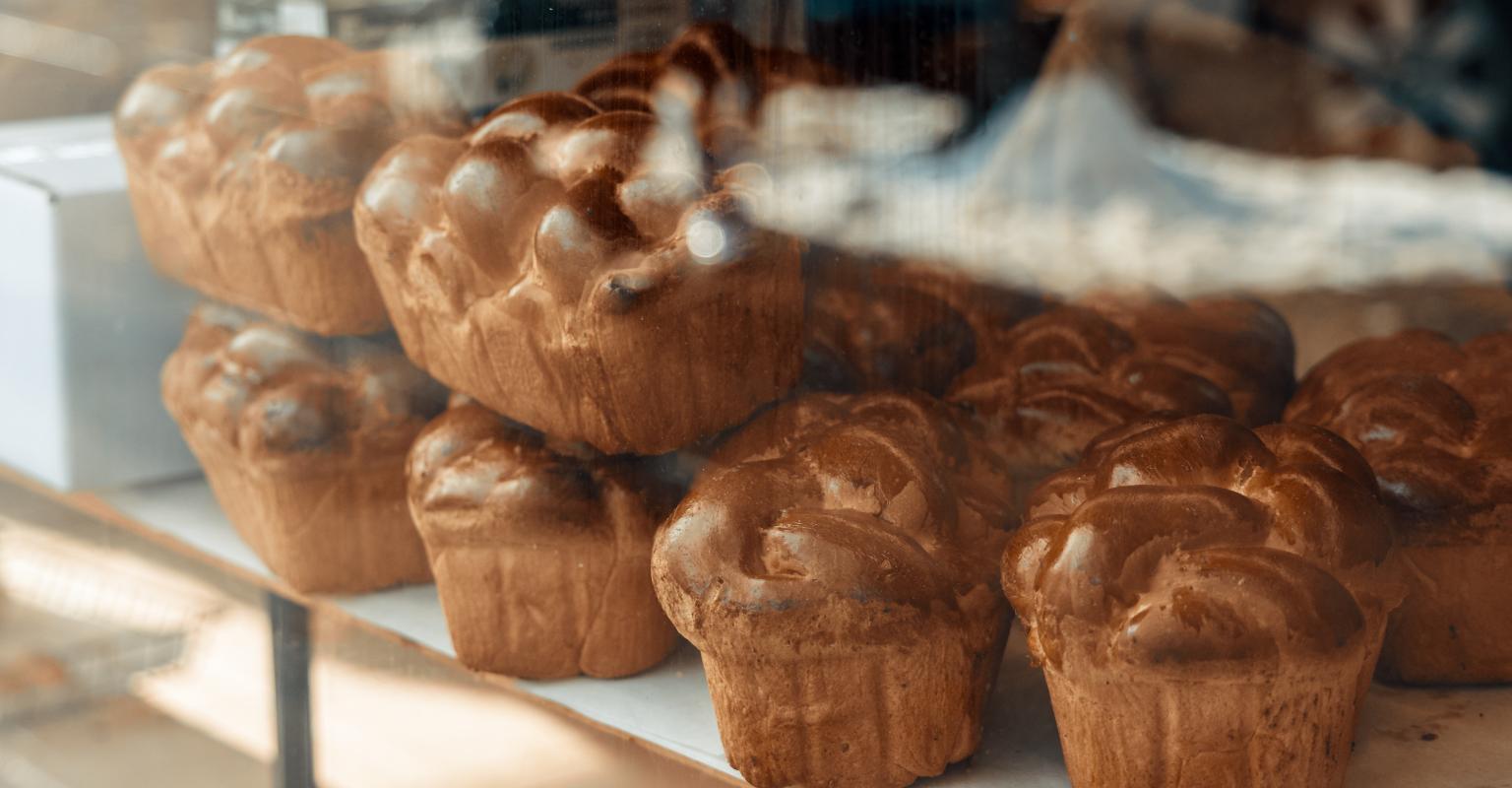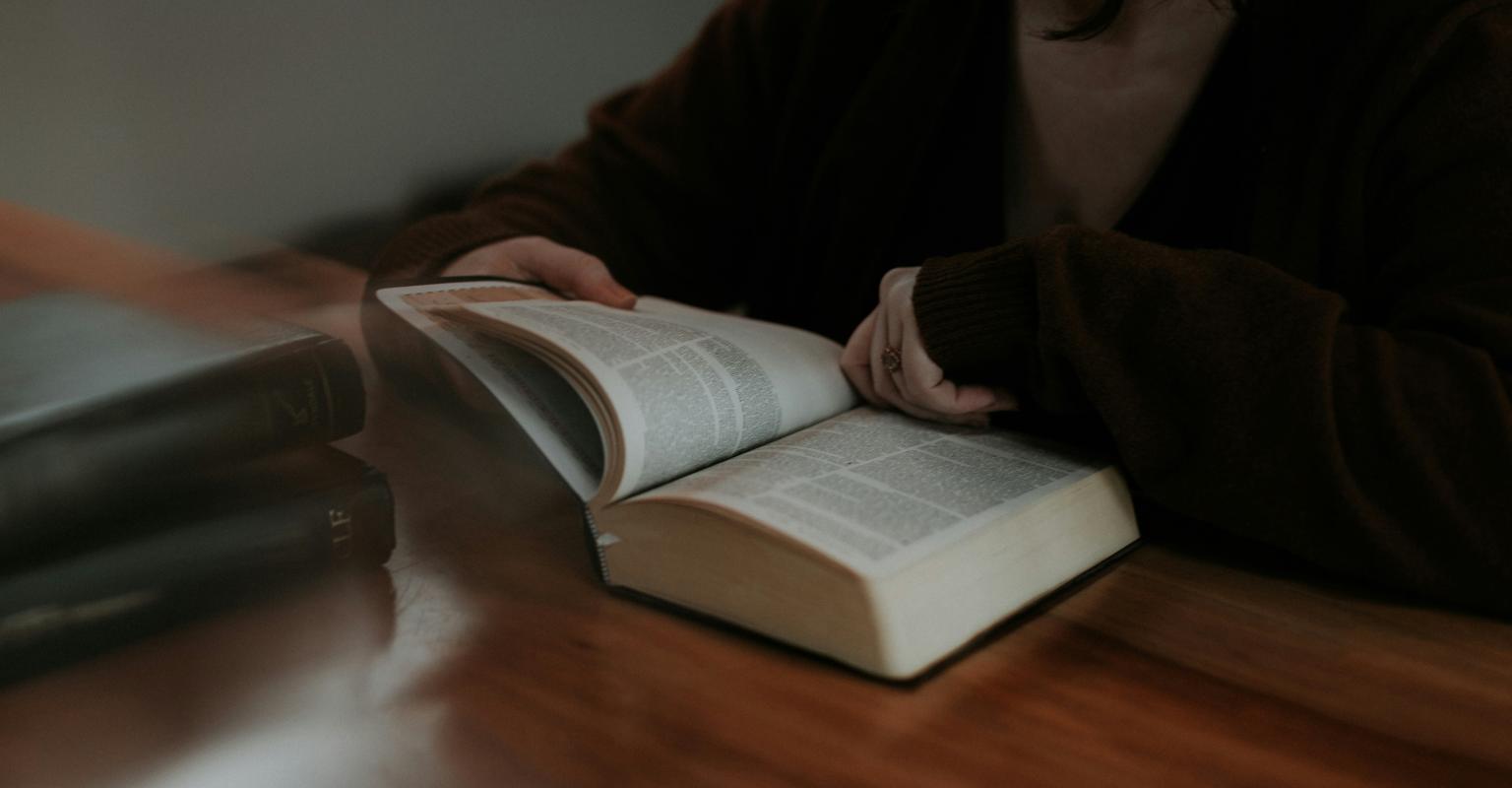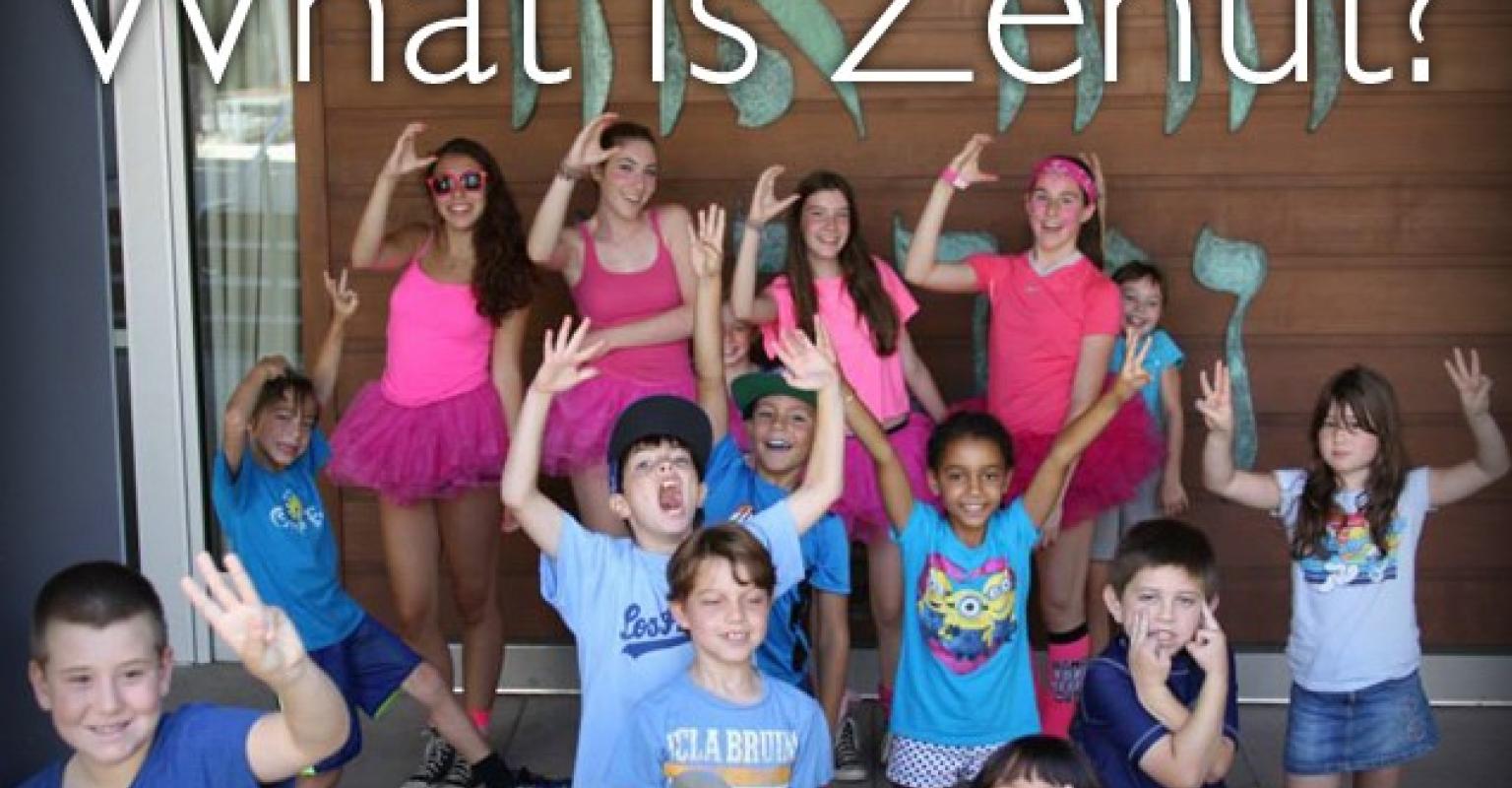Shabbat Centered Model: Shabbat School Experience
Reconstructionist Synagogue of the North Shore (RSNS) Plandome, NY

Model Summary:
The Shabbat School Experience is an opt-in alternative family learning model for students in 1st-6th grades and their families. Students come together twice a month, once on a Friday evening, and once on a Saturday morning to explore Torah through a number of different lenses including technology, art, drama, teva (nature), and pop culture. Parents are asked to participate once a month on Saturday mornings. Students also attend Tuesday afternoon for Hebrew instruction and school community programs including Tefilla Breira (electives) in groups with the Tuesday/Thursday students.
Who are the Learners?
-
Learners are 1st-6th grade students and their families.
-
The ideal size of a cohort is less than 10 students per teacher/facilitator.
-
On Friday nights, learners are part of multi-age cohorts.
Who are the Educators/Learning Facilitators?
-
Teachers are called Morah plus first name.
- They are often synagogue members; some also teach in the pre-school and in the religious school during the week.
When Does the Learning Happen?
-
For students, learning happens on one Friday night and one Saturday morning per month.
-
For parents, it happens one Saturday a month.
Where Does the Learning Happen?
Learning happens in and around the synagogue building.
What is the Learning? How is it Designed?
-
Students come around 5:30 pm and eat a communal dinner on Friday evening, engage in music-infused rituals, delve into ‘Torah through the Lens’, and then come back together and present their learning. Later, at 7:30 pm, families come to RSNS and join their children for the service. On Saturday morning children come and they have a worship experience with their families and then they go to classes by grade. Once a month on Shabbat morning, the parents learn with the clergy.
-
Learning is based on the weekly parashah (Torah portion) through the lenses of technology, art, drama, teva (nature), and pop culture.
-
On Friday night there is ‘Torah through the Lens of’ in multi-age cohorts where the teachers facilitate Torah learning through a lens that both they and their students have chosen.
-
Teachers design the learning according to a lens that they (the educator) have chosen because it is particularly compelling to them or in which they have some talent and expertise.
-
The students also get the opportunity to choose a lens through which they will engage in Torah study.
-
Students get to choose a new lens 4 times a year.
-
At the end of each session, the whole group comes together and this is an opportunity for each “lens group” to present their experience as a reflection.
What Were You Trying to Achieve with this Model?
Students are given the opportunity to experience religious school through a variety of mediums and modalities that are specifically Shabbat centered. There is also a big emphasis on community as students have dinner together and engage in music-infused rituals.
Key First Steps and Recruitment Plan:
-
Recruitment and successes are shared through word of mouth. Every religious school family learns about the possibility of joining the Shabbat School.
-
There are also videos that are shared widely with the congregation and the website also is a potent advertising tool.
Role of Governance and Clergy:
Rabbis and cantor are involved in all aspects of the model as they are teachers/facilitators fully integrated into this structure. The clergy lead the music and services and support all aspects of these experiences.
Budget:
The budget was $14,000 for the school and $9,000 for personnel (staff salaries).
Hiring Needs:
Ideal educators are synagogue members who are familiar with the community and who are also creative and open-minded. They are collaborative team-members who enjoy working with both children and adults.
Relationship of Model to Congregational Learning System:
It is an equal option alternative to the traditional Hebrew school.
How Do You Describe Your Congregation?
Reconstructionist: 300 family units, 3 clergies, 20 educators; Educational Vision: RSNS is a warm, vibrant, egalitarian, and caring Jewish community dedicated to improving our world through our commitment to ritual, spiritual growth, celebrations, social action, charity, and ongoing learning.
Supplementary Materials Include:
- Models-In-Action
- Shabbat
- Intergenerational Learning
- Jewish Text and Thought
- After School and Beyond
- Congregational Learning
- Family Engagement
- Educator Training
Discover more

Shabbat Centered Models focus on coming together within the context of Shabbat to worship, study, and connect to one another.

This curriculum guide will provide students the opportunity to make practice making informed Jewish choices.

Temple Judea, Tarzana, CA. Nisayon includes week-long camp experiences, family programming, and parallel adult education. Annual content themes are paired with activities like music, dance, drama, and krav maga.
